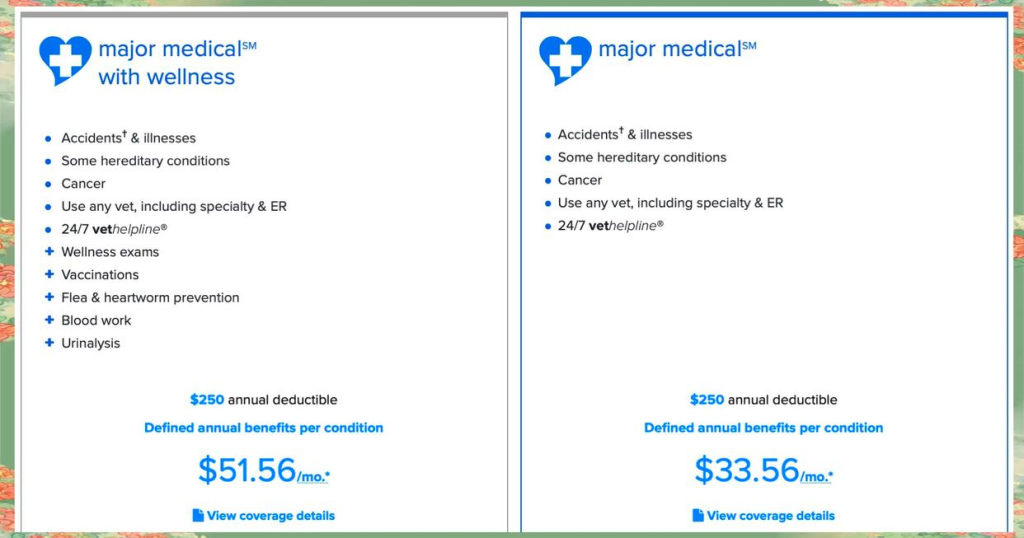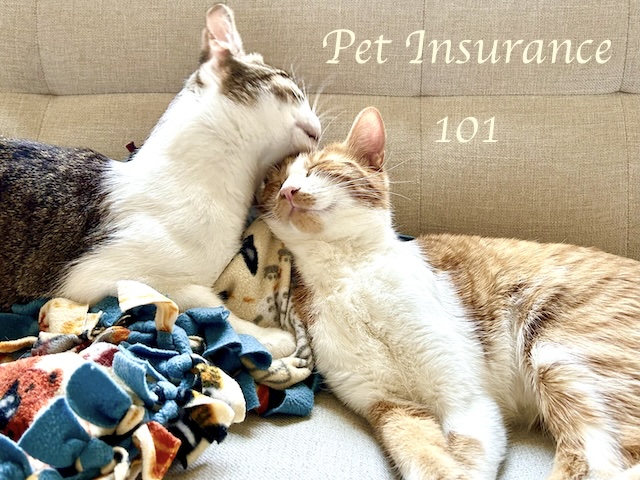

Fellow dog owners, pet insurance is a topic you can’t avoid when raising a dog. Today, I’ll share my research and insights on North American pet insurance. Let’s discuss!
The Basics of Pet Insurance 🐾
First, pet insurance generally involves paying for medical expenses upfront and then seeking reimbursement from the insurance company. Insurance companies offer a wide range of options, including medical, accident, and health insurance, and even combination plans. You can choose the right plan based on your needs.
Reimbursement and Limits 💰

Reimbursement and limits are core components of pet insurance. Generally speaking, the higher the reimbursement, the more expensive the premium. Limits are divided into annual limits and per-incident or illness limits, ranging from $5,000 to unlimited. Deductibles also vary, ranging from $100 to $1,000. Higher deductibles reduce premiums.
Wellness Insurance 💉
Most pet insurance companies offer wellness coverage as an additional option, not included in the deductible or reimbursement. Each item, such as vaccines, neutering, and deworming, has its own limit. Personally, I don’t think wellness insurance is that necessary. First, not every expense will be covered; second, these routine checkups and vaccines are not expensive in themselves. Veterinary clinics often offer more affordable vaccination packages, so it’s worth comparing prices at several clinics.
For example,
I purchased illness and accident insurance for a perfectly healthy six-month-old Shiba Inu with an unlimited limit, a $250 deductible, and a 90% reimbursement ratio. In my area, monthly premiums range from approximately $40 to $60, depending on the dog’s age, breed, and region, and increase by 10% to 20% annually.

If your dog develops an illness like gastroenteritis, an ear infection, or allergies, treatment can cost between $100 and $500 per treatment. After the deductible, it’s difficult to recoup the cost unless you choose a more expensive clinic. If a major accident occurs, such as a car accident, a fall from height, or swallowing a foreign object requiring anesthesia and surgery, the costs could reach thousands or even tens of thousands of dollars. This is when pet insurance becomes more useful.
Tip: 📌
However, I personally believe that these accidents (including gastroenteritis and ear infections) are completely avoidable and low-probability events. If owners pay close attention to their dogs’ health, keep them on a regular diet, and avoid dangerous activities, annual veterinary visits and vaccinations should only cost three to five hundred dollars.
Insurance for Senior Dogs: 🐶
For common age-related illnesses in some large or short-nosed breeds, such as cancer and hip problems, it’s worth considering purchasing insurance while your dog is still healthy to cover future expenses. However, be aware that some pet insurance policies don’t cover senior dogs, leaving you with out-of-pocket expenses and unused coverage.
In summary: 📝
You can decide whether to purchase pet insurance based on your dog’s health. Be sure to carefully review the specific policy terms and conditions to determine if it’s a good fit. I hope this information is helpful! If you have further questions, please feel free to discuss in the comments section!



